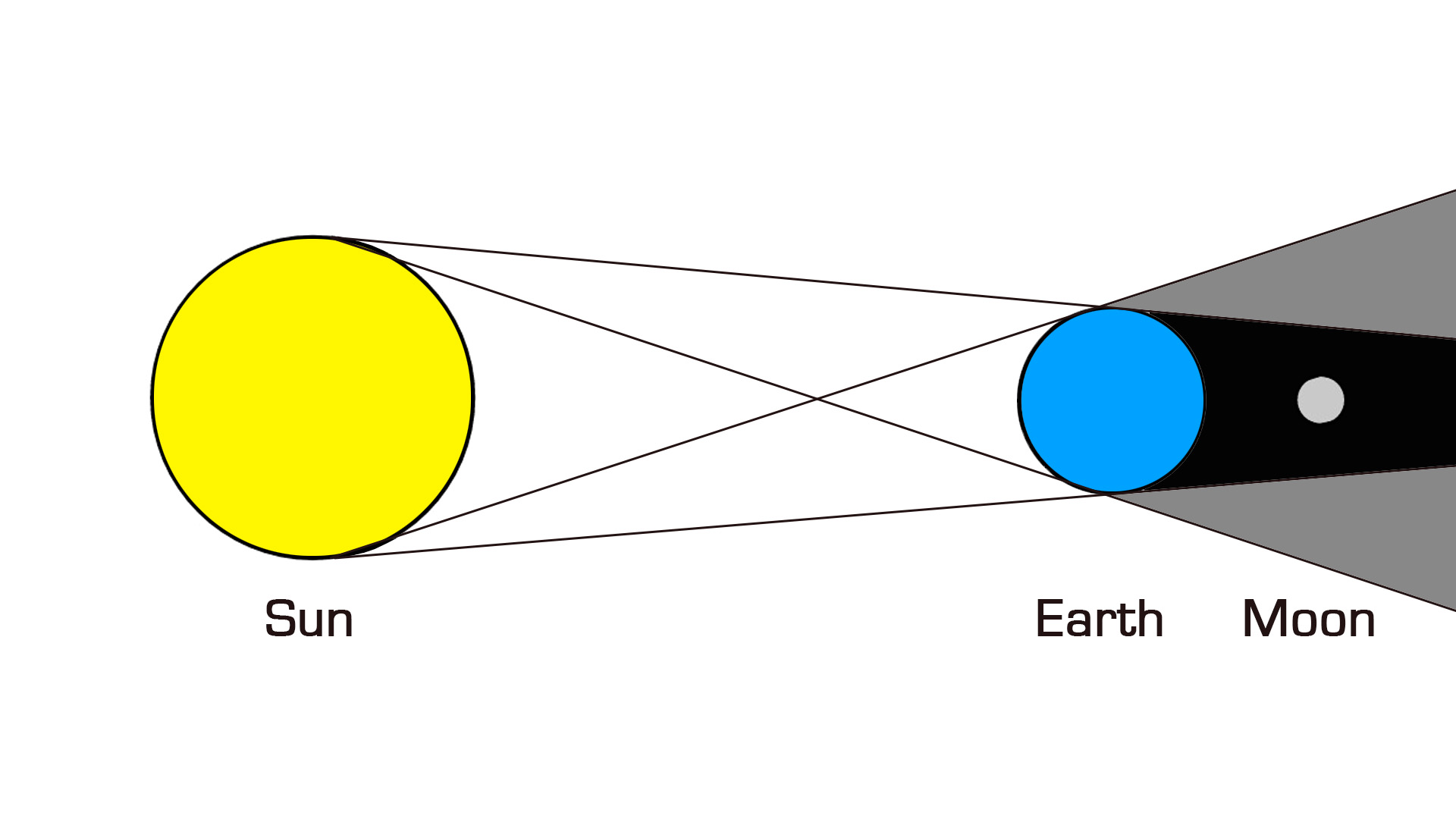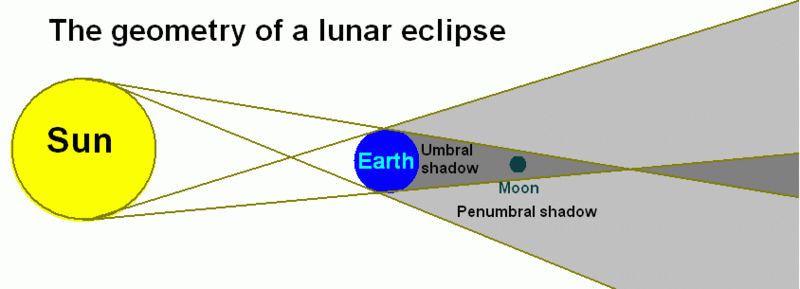
- Simple diagrams for lunar and solar eclipse how to#
- Simple diagrams for lunar and solar eclipse archive#
Access Information: For more information contact Special Collections at Addlestone Library, College of Charleston, Charleston, SC, 29424. Format: image/jpeg Copyright Status Statement: Public Domain. Draw and label the diagram of Total and partial lunar eclipse.


Lunar eclipse vector illustration diagram, scientific planetary cycle with. These figures are described in greater detail in the Key to Lunar Eclipse Maps. The equidistant cylindrical projection map below illustrates the geographpic region of visibility for each phase of the eclipse.
Simple diagrams for lunar and solar eclipse archive#
County: Charleston County (S.C.) Language: English Shelving Locator: MSS 0020 Box Oversize Folder 05ĭate Digital: Digitization Specifications: 400 dpi, 24-bit depth, color, Bookeye 4 Basic, Archival masters are tiffs. Available here are Chapter 2 - The Sun, the Moon and the Earth Exercises Questions with. 3D diagram showing solar eclipse.World maps obtained from the Nasa public domain archive and then has been modified for required diffuse and bump maps. 1855 Johnston Total Solar Eclipse Diagram showing solar flares and the suns. The top diagram shows the Moons trajectory with respect to Earths penumbral and umbral shadows. When the Moon is within the umbra, it will turn a reddish hue. In a total lunar eclipse, the entire Moon falls within the darkest part of Earth’s shadow, called the umbra. Annular eclipse: In an annular eclipse, the moon covers the center and the sun's edges to form the 'ring of fire. The dark shadow of the moon blocks out the sun from the sight of the people of earth. Gibbes Papers, 1800s-1893, 1937 Contributing Institution: College of Charleston Libraries Media Type: Images Topical Subject: Astronomy-Observations, Astronomy Charts, diagrams, etc., Astronomy-Mathematics, Astronomy-United States-History-19th century, and Lunar eclipses S.C. A lunar eclipse occurs when the Sun, Earth, and Moon align so that the Moon passes into Earth’s shadow. They are: Total eclipse: The total eclipse occurs when the new moon comes in a position between the earth and the sun. On the back of the diagram Gibbes denotes that this chart was made for his classes at the College of Charleston in Charleston, S.C. This lesson is perfect for kids, parents, and teachers to enjoy together.
Simple diagrams for lunar and solar eclipse how to#
Title: Chart of Total Eclipse of the Moon, JDate: 1888 Creator (Personal): Gibbes, Lewis Reeves, 1810-1894 Description: In this astronomical chart (front and back) Gibbes provides a diagram and the phases and calculations of a total lunar eclipse including the moon entering the Earth's shadow, total eclipse, middle of eclipse, end of eclipse and the moon leaving the Earth's shadow. In this video, well show you how to create a lunar eclipse diagram, step by step.


 0 kommentar(er)
0 kommentar(er)
